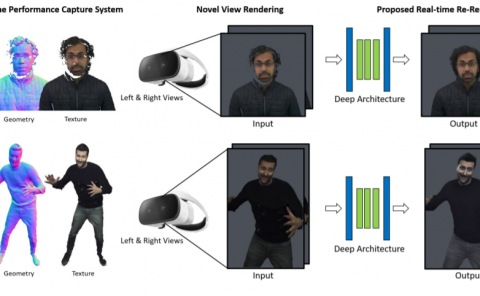Altering User Movement Behaviour in Virtual Environments
PubDate: Jan 2017
Teams: University of Portsmouth;University of Bournemouth
Writers: Adalberto L. Simeone ; Ifigeneia Mavridou ; Wendy Powell
PDF: Altering User Movement Behaviour in Virtual Environments

Abstract
In immersive Virtual Reality systems, users tend to move in a Virtual Environment as they would in an analogous physical environment. In this work, we investigated how user behaviour is affected when the Virtual Environment differs from the physical space. We created two sets of four environments each, plus a virtual replica of the physical environment as a baseline. The first focused on aesthetic discrepancies, such as a water surface in place of solid ground. The second focused on mixing immaterial objects together with those paired to tangible objects. For example, barring an area with walls or obstacles. We designed a study where participants had to reach three waypoints laid out in such a way to prompt a decision on which path to follow based on the conflict between the mismatching visual stimuli and their awareness of the real layout of the room. We analysed their performances to determine whether their trajectories were altered significantly from the shortest route. Our results indicate that participants altered their trajectories in presence of surfaces representing higher walking difficulty (for example, water instead of grass). However, when the graphical appearance was found to be ambiguous, there was no significant trajectory alteration. The environments mixing immaterial with physical objects had the most impact on trajectories with a mean deviation from the shortest route of 60 cm against the 37 cm of environments with aesthetic alterations. The co-existance of paired and unpaired virtual objects was reported to support the idea that all objects participants saw were backed by physical props. From these results and our observations, we derive guidelines on how to alter user movement behaviour in Virtual Environments.



